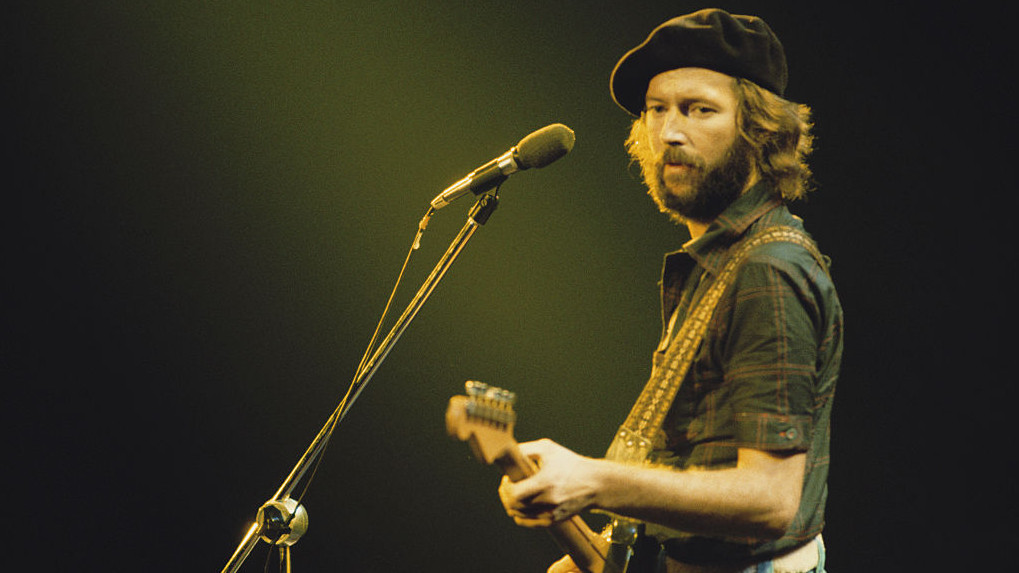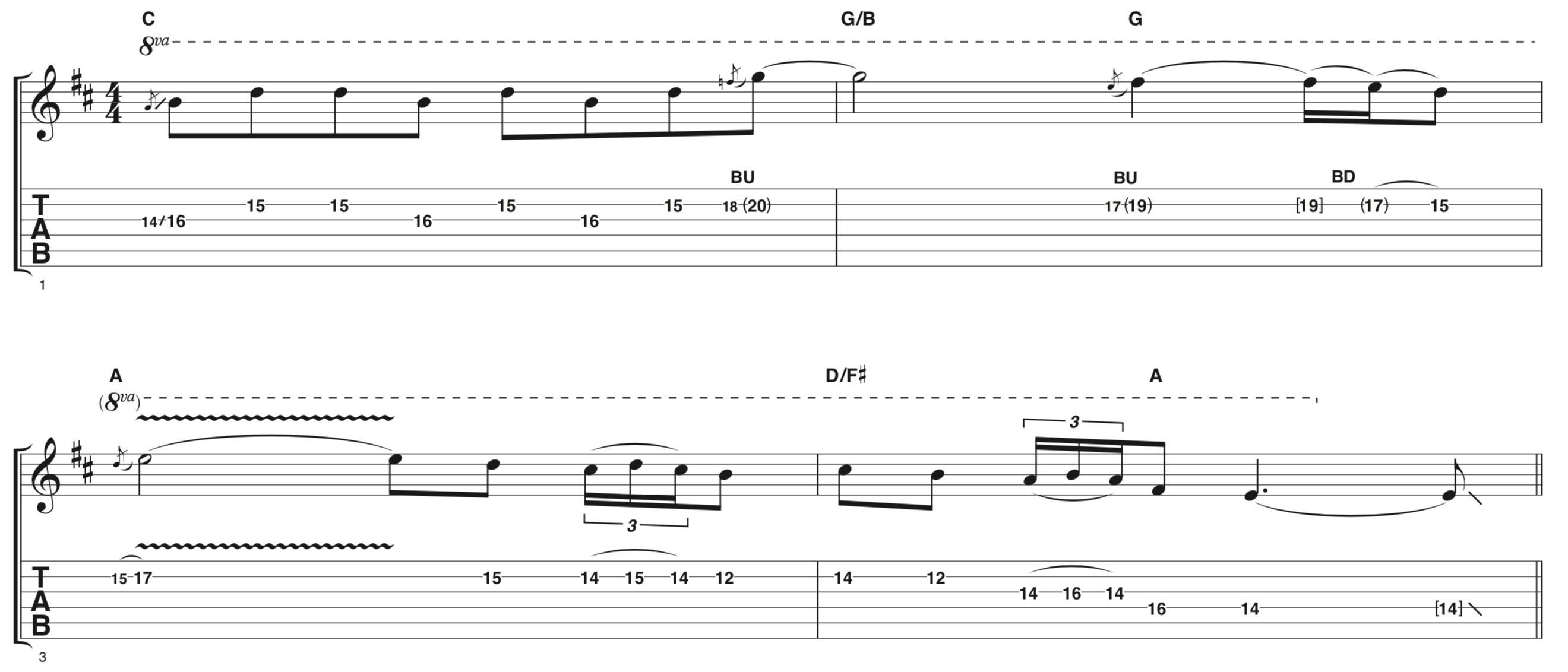5 electric blues guitar solo tricks to learn from Eric Clapton
Try your hand at Clapton’s '80s and '90s Strat tones and blues phrasing with our lesson

Consistently rated as one of the most important guitarists of all time, Eric Clapton is oft-credited as a major influence on the changing sound of electric blues in the 1960s.
And, after switching from humbucker-loaded Gibsons to the single coil tones of Fender’s Stratocaster towards the end of the decade, he’d continue making his mark in the 70s, penning classic songs Layla and Wonderful Tonight, then into the 80s and 90s releasing landmark albums such as Journeyman and From The Cradle.
So intrinsic to his sound were his ‘Brownie’ and ‘Blackie’ Strats that in 1988 Fender would release its first signature electric guitar to Clapton’s personalised spec. Don’t worry if you don’t have a single coil-equipped guitar - Eric’s guitars come equipped with an onboard midrange boost designed to give more of a humbucker-ish sound.
Whichever guitar you use, aim for a medium overdrive tone with plenty of midrange and not too much treble.
Though Eric made a brief foray into pop-rock on 1985’s Behind The Sun, blues has always been at the heart of his guitar playing - so the good old minor pentatonic and blues scales are at the heart of nearly every solo he plays.
Let’s look at Eric’s solo career from the mid-80s onwards...
Ex1 Bends, vibrato and triplets

This lick includes a ‘pick up’, which starts before the first full bar of music. As the backing track begins we have the first of a series of string bends. Note that there is no no vibrato until the held D note in bar 2. Next is a run of eighth notes with a cheeky triplet at the end. Eric is fond of this phrase, so it's not the last time you'll see it here!
Get the MusicRadar Newsletter
Want all the hottest music and gear news, reviews, deals, features and more, direct to your inbox? Sign up here.
Ex2 Rhythmic phrasing

The beginning of this line is more about rhythm than melody. Once you've bent the first note up to D, hold it and re-pick the triplet notes. A few 16th notes here and there shouldn't pose much trouble at this tempo- the string bends make them easier too. Notice the B note after the triplet in bara, which departs from the D blues scale (D F G Ab A C) for a BB King inspired major pentatonic feel.
Ex3 High register string bends

Heading up into a higher register, you may find it takes time to get your pitching accurate on the bends. The rhythm looks tricky written down, but is quite simple if you check the audio - it's a 'feel' thing that's fairly easy to pick up by ear. Watch for details like quarter-tone bends (a very slight string bend) and 'let ring' (where two strings ring out together).
Ex4 Syncopated phrasing

The opening part of this lick features a few short, punchy semiquavers and syncopated notes which hint at a funkier feel to Eric's soloing. Typically, we're rounding this rhythmic phrase off by heading straight back into some string-bend phrasing. Notice how so much of Eric's playing stays within the minor pentatonic scale.
Ex5 Wailing string bends

Once again, we have more soaring bends up at the dusty end of the fretboard. As a variation on the bend from F to G [the 18th fret to the 20th) in bar 1 you could try a three-fret bend from E [at the 17th fret). You can milk the wider three-fret bend to really make it wail!
Total Guitar is Europe's best-selling guitar magazine.
Every month we feature interviews with the biggest names and hottest new acts in guitar land, plus Guest Lessons from the stars.
Finally, our Rocked & Rated section is the place to go for reviews, round-ups and help setting up your guitars and gear.
Subscribe: http://bit.ly/totalguitar
“To be honest, I feel like I am playing a high-end Gibson guitar”: Epiphone and Guitar Center team up for a colourful riff on a cult classic with the limited edition run Les Paul Custom Widow
“The humbuckers give it so much power and such a wide variety of tones while the destruct button really sets it apart from just about any other Tele”: Fender unveils the Mike Campbell “Red Dog” Telecaster










